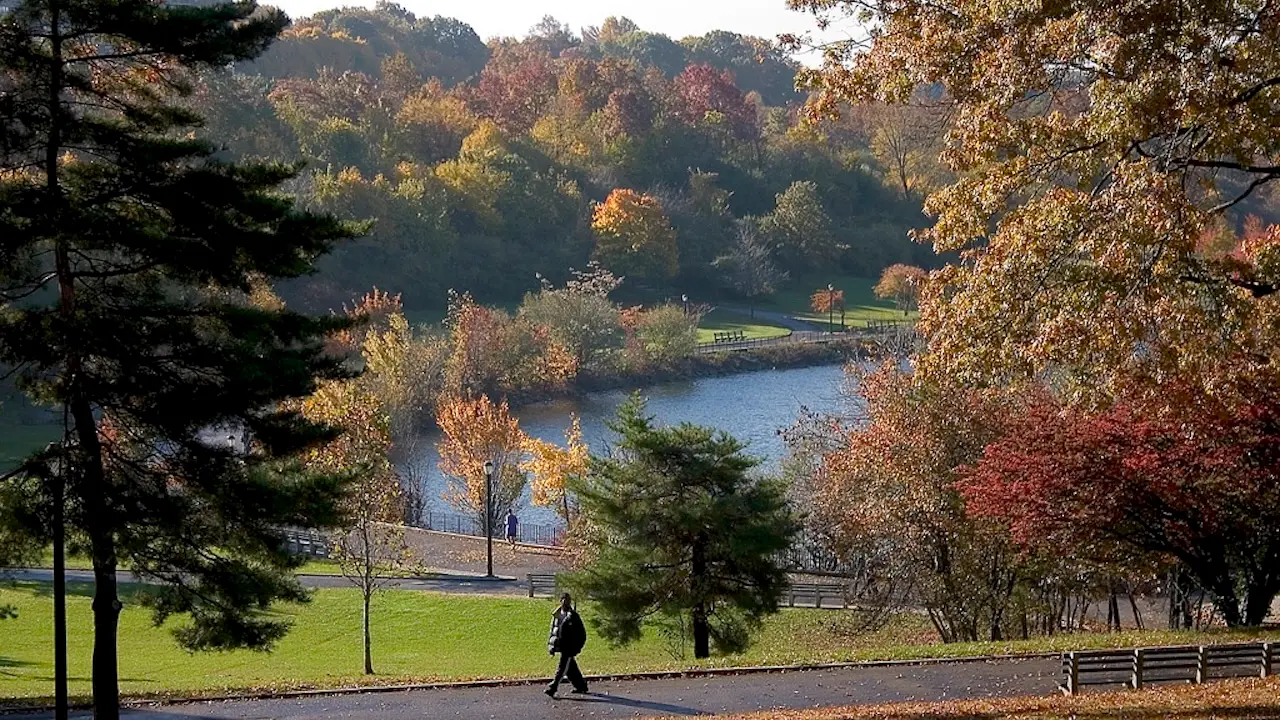Ninth Rikers Inmate Dies in Custody This Year, Questions Mount for DOC

Another untimely death on Rikers Island highlights the intractable woes in New York City’s jail system and forces an uneasy reckoning with its resilience and reform.
At 12:30am on June 15th, a 29-year-old man was found lifeless in his cell at the George R. Vierno Center, part of the sprawling, embattled Rikers Island jail complex. He was pronounced dead just before 1am, despite the desperate efforts of correctional and medical personnel. His fate marks the ninth such death in New York City Department of Correction (DOC) custody this year—a figure as grim as it is familiar.
The bare facts are dismayingly routine. Rikers, designed for some 3,000 but now housing nearly 6,000 (predominantly pre-trial) detainees, remains New York’s most infamous penal millstone. The latest fatality joins a lamentable litany: over the past three years, at least 27 people have perished behind its walls, despite years of official promises to “decarcerate,” professionalise and ultimately shutter the outsize complex.
For the city, each death at Rikers is more than a tragedy for one family; it is a policy debacle in miniature. Even as reformers and mayoral commissions bicker with union representatives and budget hawks over next steps, the pace of preventable death remains stubborn. Last autumn, federal Judge Laura Taylor Swain warned that the city was “dangerously close” to relinquishing control of its jail system outright, presaging possible federal receivership.
The reverberations extend far beyond the island’s barbed shore. Security failures and persistent disorder inside the jails have cost New York dearly—in public trust, legal settlements, and no small embarrassment before national audiences. According to data from the city comptroller, lawsuit payouts related to correctional violence and negligence routinely soar beyond $30 million annually, while the DOC’s 2024 budget exceeds $1.2 billion—paltry signs of meaningful reform so far.
For New Yorkers, the serial deaths at Rikers erode faith not only in city government, but in the notion that robust public spending necessarily yields humane outcomes. Almost all recent victims at Rikers have been Black or Latino men, many living with mental health or addiction issues. Justice delayed is sometimes denied; over 80% of Rikers inmates await trial, a statistic mirrored in few peer cities and which reflects a backlog in the criminal courts dating to the pandemic years.
The economics are unsparing. Each Rikers detainee costs city taxpayers about $556,000 per year, according to the Vera Institute of Justice, many multiples above the price of supervised release or alternatives. Yet recidivism rates have held stubbornly, and the jail itself—racked with decrepitude, toxic mold and staff absenteeism—remains a headline risk Mayor Eric Adams could well do without.
Nationally, America’s jails and prisons have become notorious for preventable in-custody deaths; the Department of Justice recorded over 1,200 fatal incidents in jails nationwide in 2019 alone. But New York’s troubles are distinctive in scale and stubbornness, given both its commitment to close Rikers by 2027 (now probably fanciful) and the perennial friction between reformers and oppositional correctional unions.
Compared with London or Berlin, cities which long ago eschewed large, isolated county jails in favor of smaller, more transparent detention sites, New York’s problems seem self-inflicted as well as daunting. Across the Atlantic, pre-trial detainees typically outnumber sentenced prisoners—a situation New York mirrors—with far fewer fatalities per capita.
When will reform finally stick?
In theory, the Adams administration continues to back closure of Rikers and construction of four smaller “borough-based jails.” In practice, local opposition, ballooning costs and litigation have stalled construction, while the city’s jail population trends frustratingly upward. Consultants and federal monitors chronicle chronic staff shortages and an absentee rate at Rikers pushing 30%, hobbling basic supervision.
The city’s criminal courts and legal aid networks, themselves battered by budget cuts and Covid-related attrition, still move at a tepid pace. Bail reform, patchily applied and much maligned, has yet to ease the crush of pre-trial detainees, while violent incidents inside remain more common than at any time in the past decade. Correctional unions, meanwhile, fiercely defend their embattled workforce and warn of looming chaos if Rikers closes without careful planning—a challenge, perhaps, given the city’s political volatility.
There are glimmers, albeit faint, of modest progress. Outside advocates like JustLeadershipUSA and the Legal Aid Society point to a small uptick in mental-health diversion and community supervision; federal court monitors admit to “selective improvement” in record-keeping and contraband interdiction. But for every such pallid gain, another fatality seems to tarnish New York’s claims to humane modernity.
It is tempting, as so often in New York, to both despair at the size of the problem and demand instant results. Yet the lagging reform of Rikers offers another, more sober lesson: that policy bandwidth, bureaucratic stamina and cultural buy-in must align for system change to become more than sloganry. In the meantime, those inside—mostly poor, mostly nonviolent, overwhelmingly awaiting a delayed day in court—continue to pay the price.
The death at the Vierno Center, and eight others already this year, portend not just institutional misfortune, but a grinding civic embarrassment. Like the crumbling infrastructure of subways or public housing, it conjures a challenge at once urgent and oddly intractable, reflecting the city’s twin appetites for big spending and bureaucratic sclerosis. If and when Rikers is finally shuttered, critics will ask why it took so long—and at what final toll.
Until then, New York must confront the plain arithmetic of its jail system: too many detainees, too few staff, reform in perpetual limbo, and a society left uneasy with both the means and ends of its justice. As the city tallies its ninth death of the year, the old refrain sounds again: large systems change slowly—but sometimes, fatally so. ■
Based on reporting from NYC Headlines | Spectrum News NY1; additional analysis and context by Borough Brief.